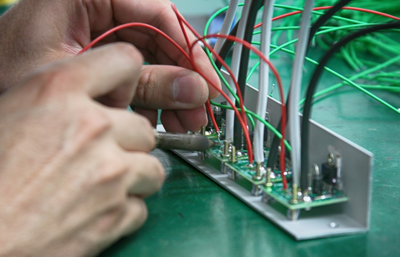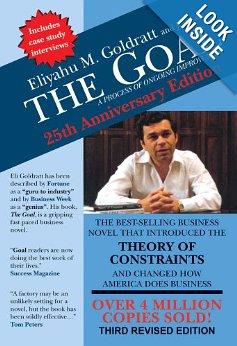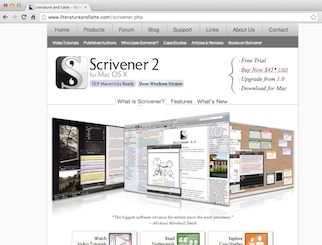Enthusiasm is the energy and force that builds literal momentum of the human soul and mind.
~Bryant H. McGill

You have an idea – an exciting, revolutionary, change-the-world idea! That’s fabulous. Now, you must allow it to live.
If you’re having trouble getting past inspiration for your business, here are 5 simple steps you can take that will help set you on your way.
1. Keep Up the Momentum
When you first had your brilliant idea, you were excited and enthusiastic. It was the first thing you thought about every morning, and the last each night. When you first conceived it, you forgot about everything else. And then, you started dragging your feet. Perhaps you started putting off working on your idea in order to deal with day-to-day matters, or maybe you just got bored. Perhaps it wasn’t as easy as you thought it was going to be.
Are you really going to let your great idea die before it’s been fully formed? Not if you’re the smart entrepreneur you think you are. Think about your idea and what excited you about it in the beginning. Talk to others about it, and feed off their enthusiasm. If it really was the great idea you believed it to be in the beginning, keep pushing it forward – you owe it to yourself, and to the people who will benefit from seeing it realized.
2. Make Time to Think
If you’re mired in mundane tasks that are stifling your creativity, delegate some of that work. Must you really respond to every single email, every phone call, innumerable texts and tweets? Can’t someone else check your Facebook for you?
We realize that not everyone has, or can afford, an assistant, so if you really are a one-man band with no support personnel (poor you), at least prioritize. Categorize your emails and phone calls as “urgent,” “fairly important,” and “I’ll get to it whenever.” Then set aside a block of time each day to respond. Don’t go over the time allotted. Now, use the time you’ve freed up to think about your idea, where it’s going, what you’ve done so far to get it on track, and what’s remaining to do to get it there. No daydreaming, no getting side-tracked. This is “quality time,” just you and your idea.
3. Stop Procrastinating
Are you sitting at your desk, arranging your paper clips by size and colour, instead of, say, applying for a patent or seeking out investors? If this sounds like you, think about why you’re putting off these essential tasks. Many people procrastinate because they’re afraid of failure. If that’s your issue, stop worrying and move forward. Even if this idea fails, consider it a learning process, and understand that there will be something you can salvage from it to use when you have your next great idea.
Could it be the opposite? Are you afraid of success? Most of the time, fear of success is simply fear of losing control. Imagine Bill Gates saying, “I think I’ll shelve the whole Windows idea – I’m afraid it might get too big for me to handle on my own.” Sounds ridiculous, doesn’t it? So come on – go for the gold!
4. Brainstorm
If your idea is stuck in infancy, call in the troops. Meet regularly with co-workers and stakeholders, and toss ideas about. Collect the results in a Word document or a spreadsheet, and review them periodically. Toss what’s not working in the recycle bin, and talk about what is working. Keep it up, and you’re sure to get there eventually. Remember, Rome wasn’t built in a day, so don’t lose your enthusiasm – keep the ball rolling.
5. Give the Critics Their Due, But Not Too Much
There will always be those who see the glass as half empty. If critics are belittling your chances of success, give them due consideration – maybe they’re right. But also remember that you’ve gotten this far because you see challenges that can be overcome, not walls you can’t climb. Think about the possibilities, not the roadblocks.
Remember, the best idea in the world is no good to anyone if you don’t act on it. Keep moving forward.
Please leave a comment with your thoughts.













